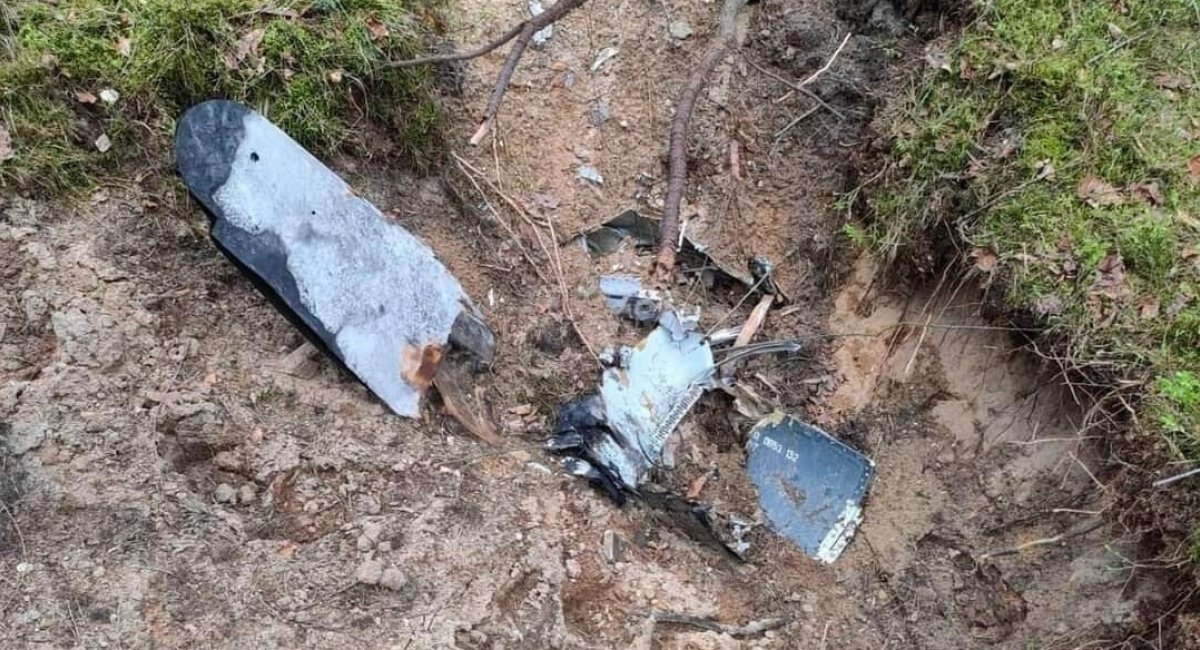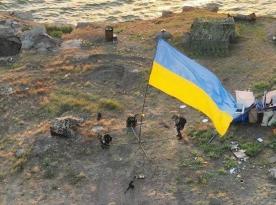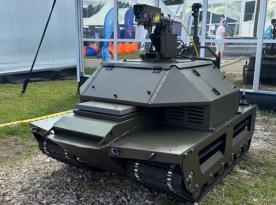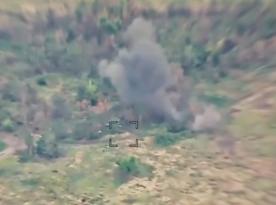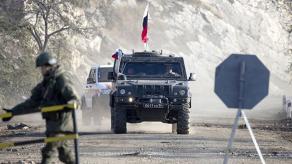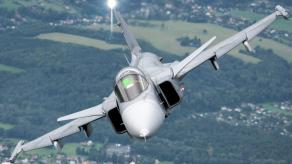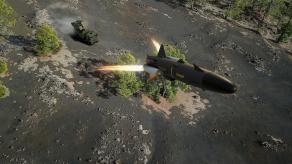A crucial detail of the findings by Polish investigators working in the forest near the city of Bydgoszcz have been revealed by Paweł Szrot, the Chief of the Cabinet of the President of the Republic of Poland. He confirmed that the missile that flew 450 km across Polish airspace was the Kh-55 with a hollow charge. Though more specifically, the warhead found at the crash site wasn't entirely empty.
"As for the warhead, I can say that it has been found and is now being examined by the specialized institutions. <…> This is a special warhead because it is built – according to Russian technological thought – of concrete. I assume it was put inside in such a form so that this older type of missile could distract Ukrainian air defenses," Paweł Szrot said on RMF FM broadcast, as quoted by Defence24.
Read more: Why Poland's Air Defense Didn't Take Down russian Kh-55 in December, Polish Media Explains
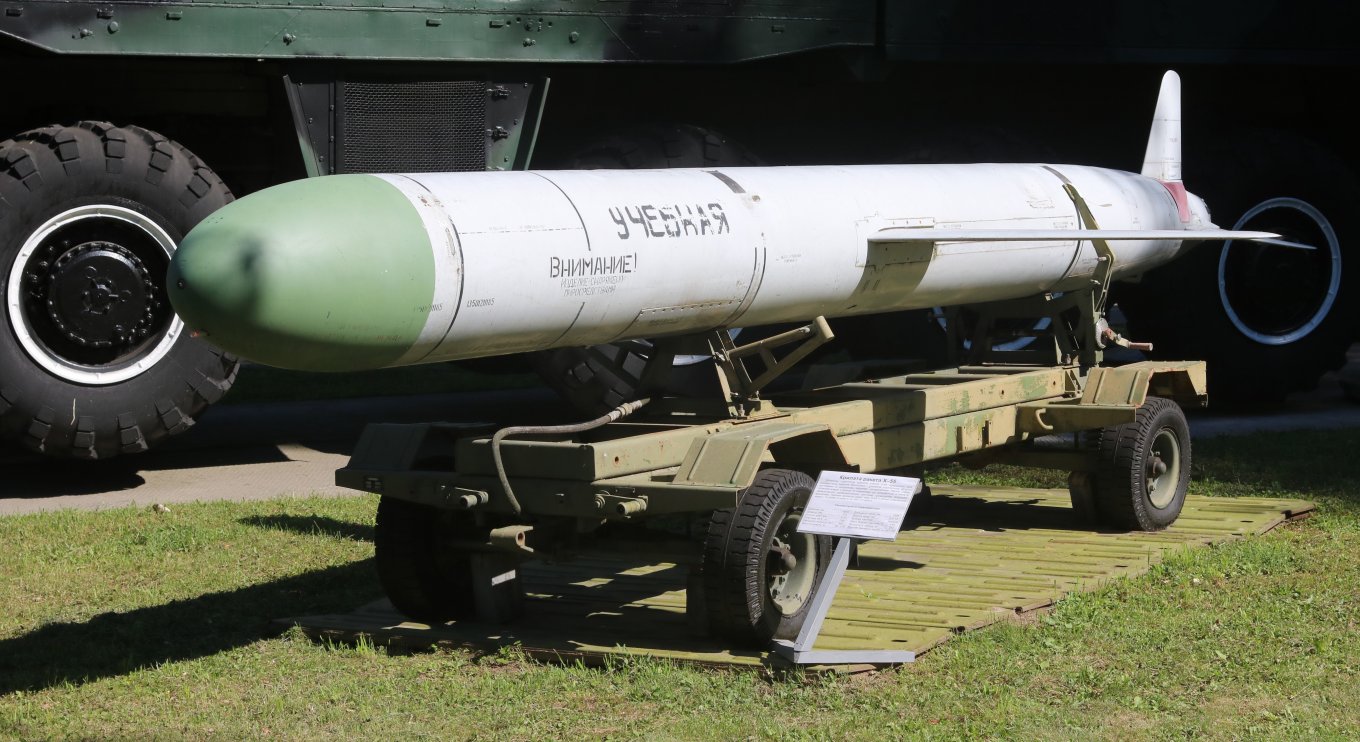
The description unambiguously points to the Kh-55 missile with a warhead imitator that russians have been using alongside missiles with actual explosive to overload Ukrainian air defense systems with the multitude of targets to intercept.
This particular hollow charge Kh-55 was launched upon Ukraine during the mass missile attack on December 16, 2022. At that time, russians fired 76 missiles from aircraft and sea carriers at once.
But in general, the use of dummies without explosives has been recorded multiple times already. For example, the first time it was noticed in November last year. As of January 2023, there were five recorded times russians applied the decoy missiles.
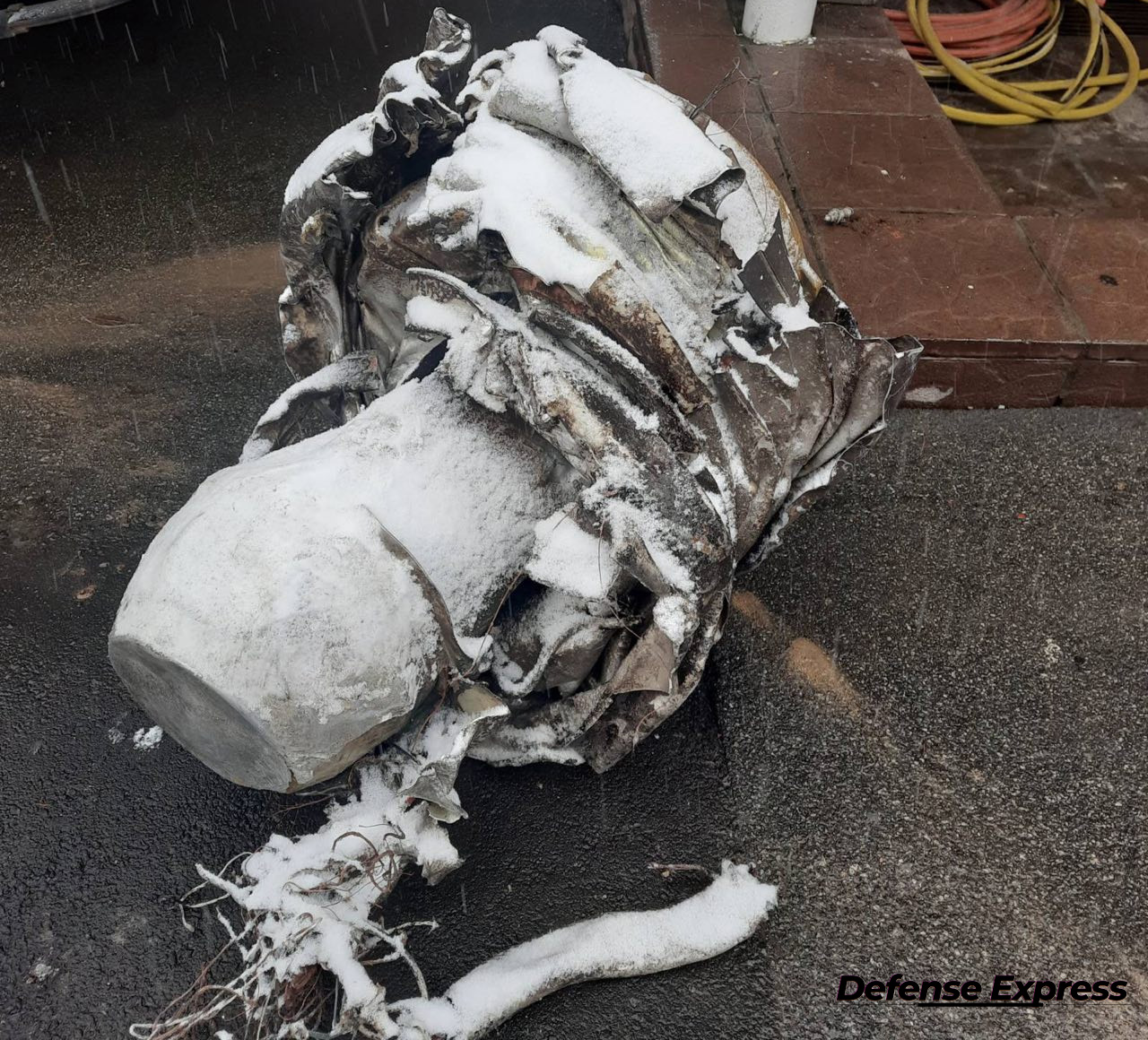
As for the concrete filling, it is applied to preserve the aerodynamic properties and weight balance of the Kh-55 missile that is originally designed to carry a nuclear warhead. On a side note, there is no way to know which warhead is equipped – a real explosive or a decoy – while the missile is in flight.
The Kh-55 samples shot down by Ukrainian air defense had metal imitators which makes the choice to use concrete rather interesting. Maybe, the samples shown by the Ministry of Defense of Ukraine were filled with concrete in between the bars but it seems unlikely because it might be too heavy. Another option is that the russians ran out of metal imitators so they make new ones of what is available at hand.
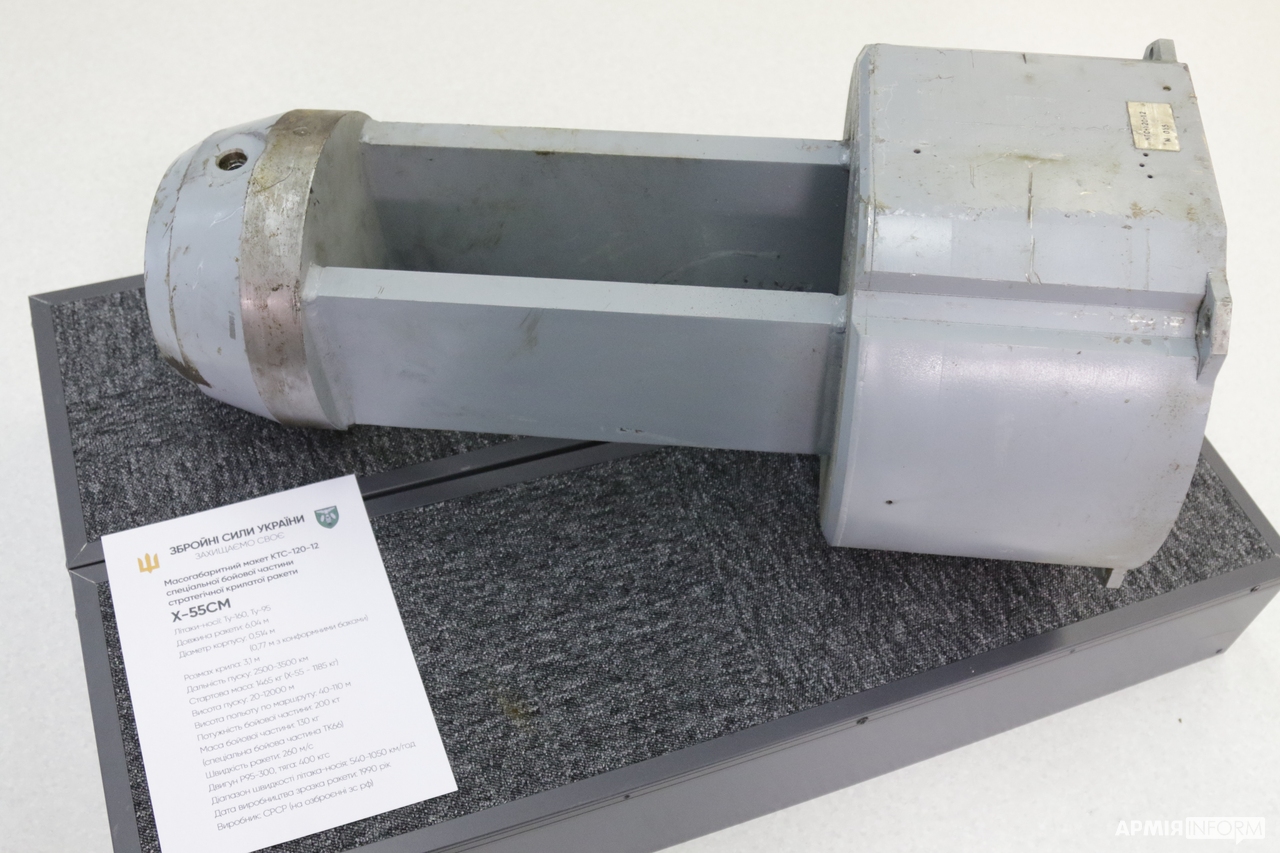
At the same time, the most important question: why the missile wasn't shot down by Polish air defense, especially since it was detected by radars and fighter aircraft was dispatched – remains uncommented by Poland's officials and is left for the media to guess while authorities are finding out who was responsible.
Read more: How Many Kh-55 Nuclear Warhead Missiles Can Russians Have, And Why They Are Launching Them




